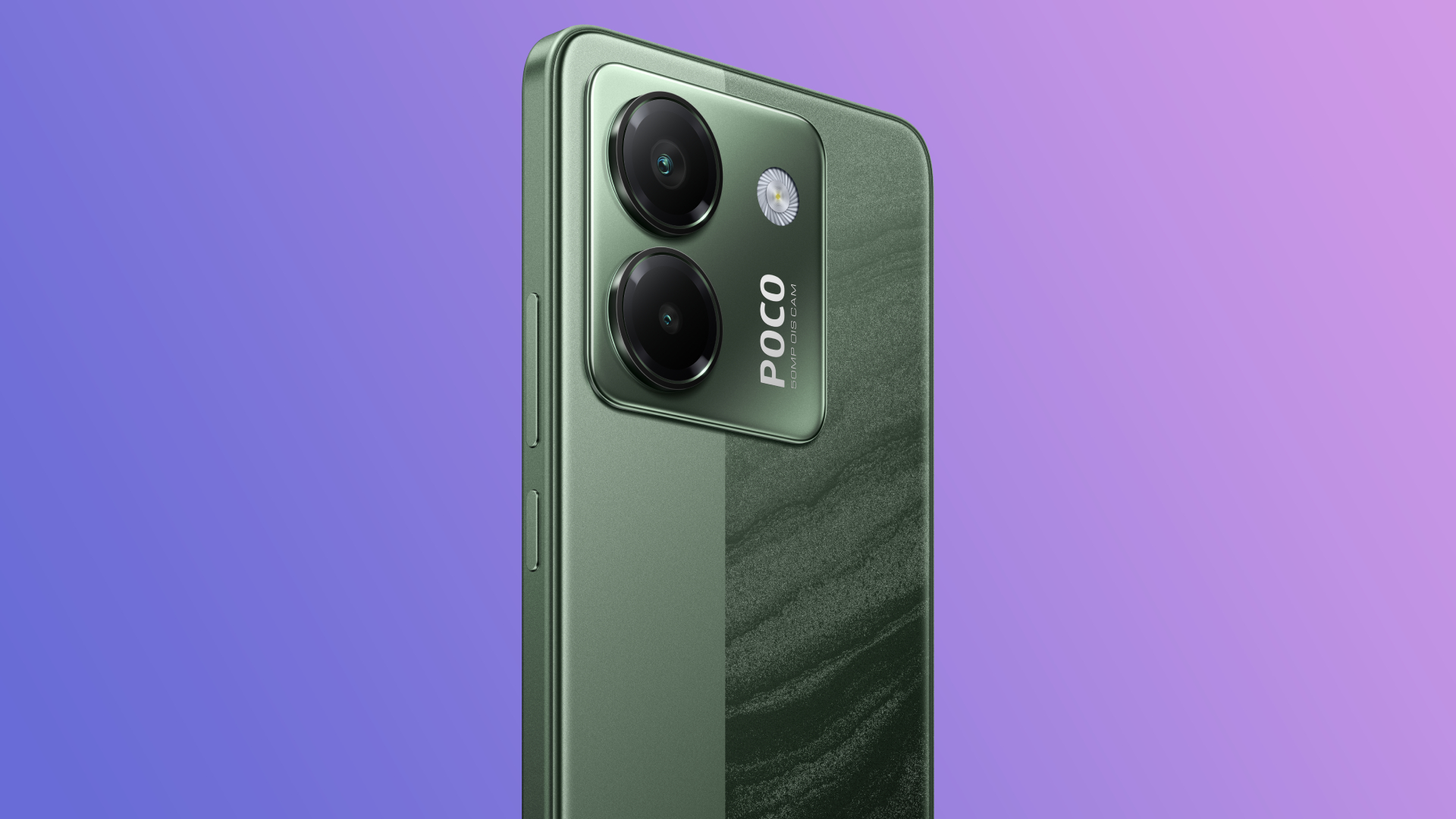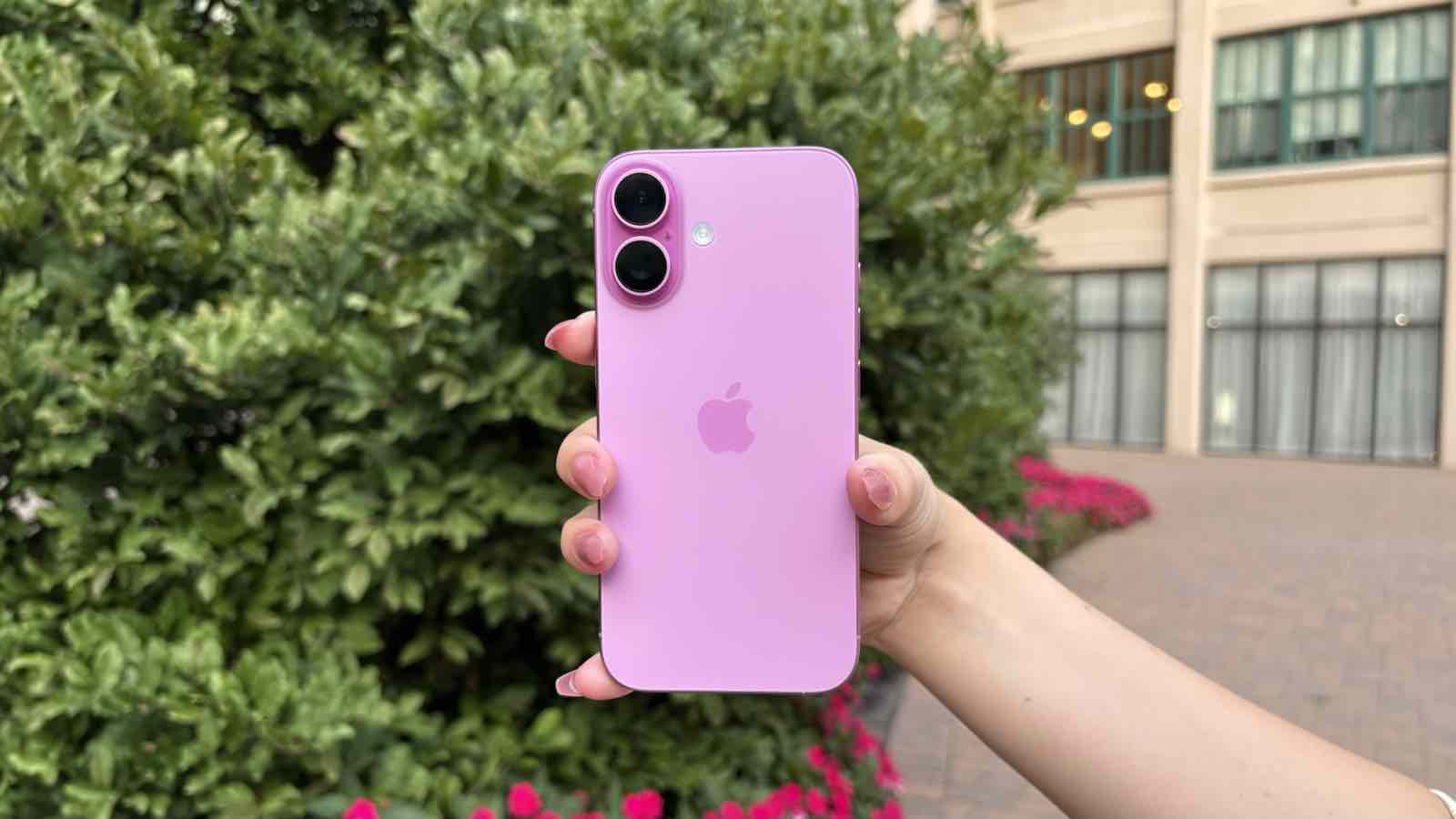I wish phone makers would stop calling budget phone features 'flagship'

Earlier this week, Xiaomi launched the Poco M7 Pro 5G in the UK, the latest entry in the sub-brand’s line of affordable handsets, and a device that brings some neat features to the table for its low £199 price tag.
For far less than even some of the best cheap phones, the M7 Pro 5G offers a 120Hz display, a 5,110mAh battery, and a 50MP Sony camera – nothing about what I’m about to say next suggests that this isn’t solid value for money.
However, Xiaomi has insisted on labeling some of the Poco M7 Pro 5G’s features and components as “flagship” – particularly its IP64 dust and water resistance rating. With respect to Xiaomi, which makes some of the best phones around (even if they’re a pain to get your hands on), that description is fresh out of 2012.
An IP64 rating is not, under any modern definition, flagship-grade for a phone. The most recent true flagships – like the OnePlus 13 – carry IP69 ratings, which promise resistance from powerful jets of heated water and total dust resistance.
In fairness, an IP64-rated phone is still dust-sealed, but that standard only protects against splashes of water with some ingress allowed. That just doesn’t match up against the iPhone 16 Pro Max, Samsung Galaxy S25 Ultra, and Google Pixel 9 Pros of the world, all of which can take a dip in fresh water and emerge unscathed thanks to their IP68 ratings (though we'd still never recommend testing this claim for yourself!).
Furthermore, press materials seen by TechRadar describe the 2x digital zoom function of the M7 Pro 5G's camera system as "flagship-level", and while flagships do utilize in-sensor cropping, the M7 Pro 5G is unlikely to keep up with its relatively smaller 1/1.95-inch sensor. For reference, the iPhone 16 sports a 1/1.56-inch sensor, while its Android rival, the Google Pixel 9, boasts a 1/1.31-inch sensor.
And even if the M7 Pro 5G's 2x digital zoom does somehow match its more expensive rivals, this feature is not described as "flagship-level" on the phone's official web page. That makes me think Xiaomi is either confused about its own product or seeking to influence coverage with terms it won't use in public. Either way, that's an issue.
In fact, the only aspect of the Poco M7 Pro 5G I’d call “flagship” quality, at least without having tested one myself, is its 5,110mAh battery – and yet Xiaomi doesn’t call it so.
Sign up for breaking news, reviews, opinion, top tech deals, and more.

It's not just Xiaomi doing this, either. Oppo's UK website describes the Oppo Reno 12 FS camera system as a "flagship camera combo", and as my full Oppo Reno 12 FS review details, that's flat-out untrue.
In fact, the Oppo Reno 12 FS 5G (which otherwise boasts great value for money and serviceable performance) sports a 50MP main camera, an 8MP ultrawide camera, and a 2MP macro camera. If the iPhone 17 Pro Max launches with a 2MP lens in tow, I'll happily give Oppo a retroactive pass for this, but until then, that's simply not flagship-grade hardware.
Smartphone semantics

What we’re witnessing is a peculiar attempted transformation of language. Flagship was once a literal term, meaning the best phone a company has to offer, but, as I’ve previously discussed, the term has become more vague as companies like Apple and Samsung develop flagship lineups comprising several distinct but related models.
What companies like Xiaomi are attempting to do is push the term one step further into the abstract; to change the meaning of the word “flagship” to one that simply connotes ideas of better performance and higher status, rather than a title given to certain devices by phone makers to reflect the expectations of consumers.
In the plainest terms, these companies would like control of the “flagship” narrative to get you to think better of their mid-range and budget phones.
That’s not necessarily as ominous as it sounds – modern tech marketing relies on imaginative storytelling that highlights the position of devices in our lives. Just look at the real-life stories that opened the September 2024 Apple Event. I’ve no problem with phone makers calling their devices essential, or innovative, or brilliant, because most of the time there’s a good bit of truth to these claims.
However, when it comes to the term “flagship”, it’s important that brand messaging aligns with user expectations, so that customers aren’t misled. Flagship phones are typically big sellers and a big draw for users, so it’s crucial that customers who may not know too much about tech specs aren’t drawn to products that won’t live up to their needs.
The new Poco M7 Pro 5G is a budget phone, through and through – and there’s no shame in that. As much as my magpie-coded brain loves a shiny new flagship, I recommend the Samsung Galaxy A36 to most people I know as they simply don’t care about the latest and greatest specs – I’m sure the Poco M7 Pro will find its own audience of savvy customers, too.
But for the buyer who just wants the latest and greatest phone, and is willing to spend up to $1,200 to get that, the least phone makers can do is keep the term “flagship” to its current definition.
You might also like
- An essential Google Messages group-chat feature finally looks set to launch soon
- The iPhone 16 Pro is now less popular than the base iPhone 16, according to new report – and I’m not surprised
- New iPhone 17e leak suggests we'll get a new model every year – here's when to expect it and what we want to see

Jamie is a Mobile Computing Staff Writer for TechRadar, responsible for covering phones and tablets. A lifelong tech-obsessive, Jamie began his writing career as a music blogger before studying journalism at Goldsmiths College, and joined TechRadar in 2024. He thinks the iPhone 5S is the greatest phone of all time, but is currently an Android user.
As well as reporting on the latest in mobile hardware, software, and industry developments, Jamie specialises in features and long-form pieces that dive into the latest phone and tablet trends. He can also be found writing for the site's Audio and Streaming sections from time to time, or behind the decks as a DJ at local venues around London.
You must confirm your public display name before commenting
Please logout and then login again, you will then be prompted to enter your display name.